60-day returns • free shipping on USA orders $129+
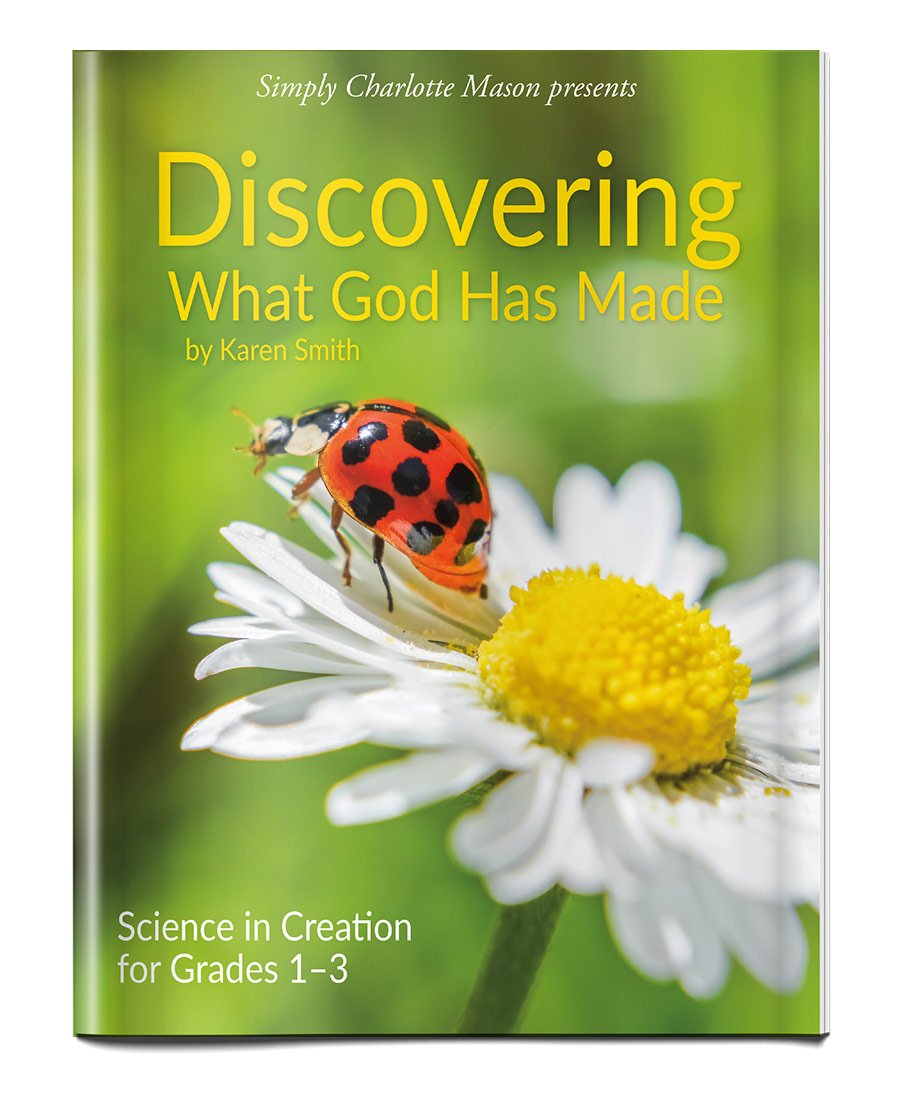

Discovering What God Has Made (Elementary Living Science)
$10.95 – $14.95
Enjoy a full year of elementary living science as you and your child discover God’s Creation through living books, experiments, and nature study! (Grades 1–3)
Click the Book List tab to see a list of materials needed for these lesson plans. See full description
Product Description
Watch your child’s eyes light up in wonder at the miraculous variety of what God has made!
Discover fascinating general science topics that relate to each day of Creation. The short lessons in this course will be your guide to a full year of elementary living science studies spent discovering light and shadows, water and weather, land and plants, planets and stars, fish and birds, creeping things, land animals, and the human body.
You and your child will read great living science books, conduct simple yet meaningful experiments, enjoy nature study projects, and create a personal Creation notebook centered around the six days of Creation.
Discovering What God Has Made will
- Nurture within your child a sense of wonder at God’s Creation,
- Cultivate a habit of careful observation that will serve your child well, and
- Lay the ground work of personal experience that will support future science studies.
“O Lord, how manifold are your works! In wisdom have you made them all…” (Psalm 104:24).
- Bible
- Favorite Poems Old and New selected by Helen Ferris
- (optional) Handbook of Nature Study by Anna Botsford Comstock
- (optional) Rocks & Minerals field guide
- Flowers field guide
- Trees field guide
- Birds field guide
- Insects field guide
- Reptiles & Amphibians field guide
- Yellow and Pink by William Steig
- All the Colors of the Rainbow by Allan Fowler
- A Drop Around the World by Barbara Shaw McKinney
- The Wind Blew by Pat Hutchins
- Let’s-Read-and-Find-Out Science: Clouds by Anne Rockwell
- (optional) On the Same Day in March by Marilyn Singer
- Julie the Rockhound by Gail Langer Karwoski
- Jump Into Science: Dirt by Steve Tomecek
- Cactus Hotel by Brenda Z. Guiberson
- The Reason for a Flower: A Book About Flowers, Pollen and Seeds by Ruth Heller
- Katya’s Book of Mushrooms by Katya Arnold and Sam Swope
- In a Nutshell by Joseph Anthony
- A Weed is a Flower: The Life of George Washington Carver by Aliki
- Jump Into Science: Sun by Steve Tomecek
- Moonfinder by Jay Ryan
- (optional) One Giant Leap: The Story of Neil Armstrong by Don Brown
- The Sky Is Full of Stars by Franklyn M. Branley
- What’s So Special About Planet Earth? by Robert E. Wells
- Seahorses by Jennifer Keats Curtis
- An Octopus Is Amazing by Patricia Lauber
- (optional) Life in the Ocean: The Story of Oceanographer Sylvia Earle by Claire Nivola
- Salmon Stream by Carol Reed-Jones
- Crow Not Crow by Jane Yolen and Adam Stemple
- Emu by Claire Saxby
- Loon by Susan Vande Griek
- The Peregrine’s Journey: A Story of Migration by Madeleine Dunphy
- (optional) Adopted by an Owl: The True Story of Jackson the Owl by Robbyn Smith van Frankenhuyzen
- Small Wonders: Jean-Henri Fabre & His World of Insects by Matthew Clark Smith
- Where Butterflies Grow by Joanne Ryder
- The Honeybee Man by Lela Nargi
- Spinning Spiders by Melvin Berger
- Next Time You See a Pill Bug by Emily Morgan
- Wiggling Worms at Work by Wendy Pfeffer
- Box Turtle at Long Pond by William T. George
- Amazing Snakes! by Sarah L. Thomson
- Chameleons Are Cool by Martin Jenkins
- (optional) Crocodile Safari by Jim Arnosky (out of print)
- Hip-Pocket Papa by Sandra Markle
- Salamander Season by Jennifer Keats Curtis
- Fraser Bear: A Cub’s Life by Maggie de Vries
- Build, Beaver, Build: Life at the Longest Beaver Dam by Sandra Markle
- Platypus by Sue Whiting
- A Caribou Journey by Debbie S. Miller
- Your Skin and Mine by Paul Showers
- The Astounding Nervous System: How Does My Brain Work? by John Burstein
- The Five Senses by Jennifer Prior
- Why I Sneeze, Shiver, Hiccup, and Yawn by Melvin Berger
- The Amazing Circulatory System: How Does My Heart Work? by John Burstein
- The Remarkable Respiratory System: How Do My Lungs Work? by John Burstein
- The Dynamic Digestive System: How Does My Stomach Work? by John Burstein
- The Mighty Muscular-Skeletal System: How Do My Bones and Muscles Work? by John Burstein
- Germs Make Me Sick! by Melvin Berger
Additional Information
| ||||||||||
| Dimensions | ||||||||||
|---|---|---|---|---|---|---|---|---|---|---|
| ||||||||||
8 reviews for Discovering What God Has Made (Elementary Living Science)
If you have a question, contact us and we will be happy to help.
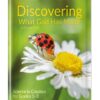

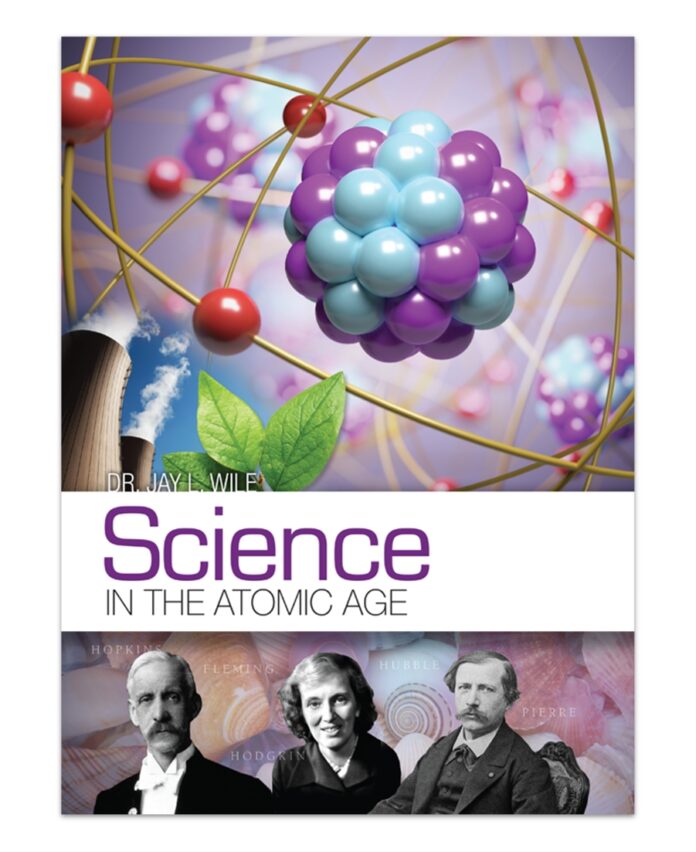

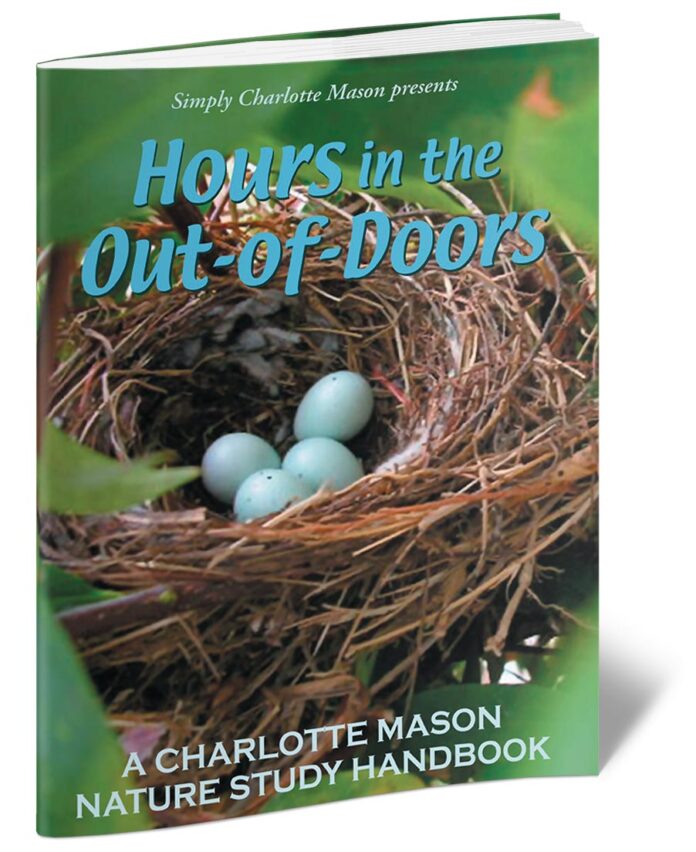
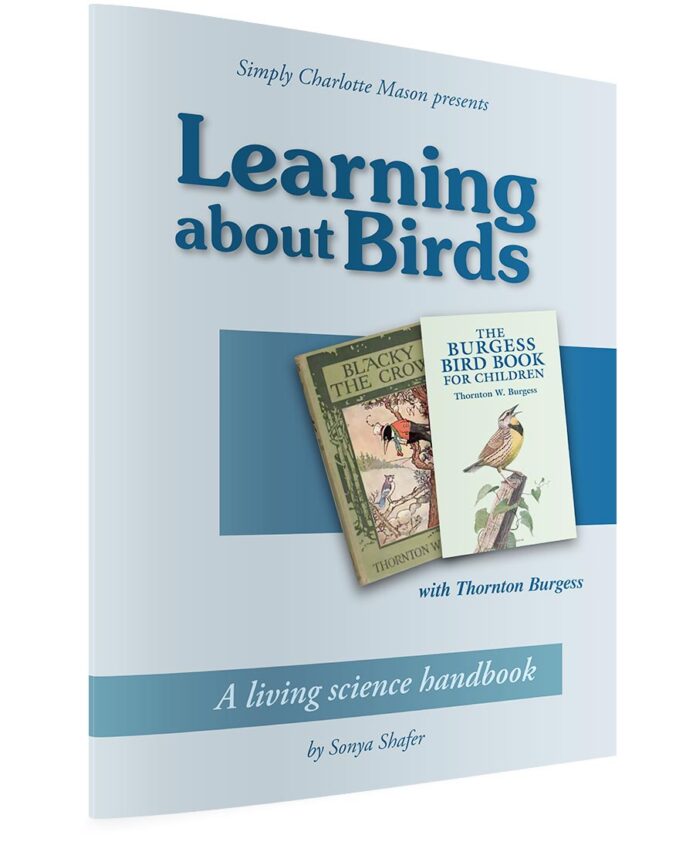
Jessica –
Is it better to use Discovering What God Has Made with a 1st, 3rd, and 5th grader, or would it be better to use Exploring What God Has Made with these ages? I would like to keep them combined for science if at all possible. Could I use Discovering this year and Exploring the following year? Thank you
Tamara Bell –
Hi Jessica! We do not recommend combining grades 1,3, and 5 for these courses. Our new recommendation for sciences is to group grades 1-3 together and grades 4-6 together. While both of the new science courses are similar, we have written Exploring What God Has Made (grades 4-6) to be a resource to help students begin to gain more independence in their studies and prepare for upper level sciences. While there will be coverage of several of the same topics between both books, they are not arranged the same and the 4th-6th guide is going to have more depth.
ketatie –
Does it mean if I buy this book I will have to buy several others to be able to use it correctly?
Tamara Bell –
In order to utilize Discovering What God Has Made, you will need to borrow from your library or purchase the additional books from the Booklist. At last check, 23 of the scheduled books are currently available at Archive.org.
Katie –
I have been using this guide for the 2021-2022 year, and it has been a blessing and a gift to our family. I love how the lessons are simple and easy to implement. The picture books have been enjoyable for my three children (oldest is 7), and the note-booking prompts have created an adorable journal full of observations! My daughter loves looking back at her work and enjoys showing it to her grandparents. It’s fun to see all that we have learned! This guide took all of the planning off of my plate. I can’t recommend it enough. We have a robust library system in my area, so I had an easy time obtaining the books we needed for the study.
Cristina –
My family has enjoyed many of the quality SCM products and we anxiously waited for the new science series to come out. At first glance, I was disappointed in the number of additional books required. However, currently on archive.org, there are 35 of the books available to borrow. That makes this very doable. We look forward to starting!
Sarah –
I have been using Discovering God with my year 1 and year 2 students. It has been a wonderful curriculum addition! I love that the books are easy to find. I have found most of them at the library. Also, many of them are such good books that there are read alouds on YouTube if I am unable to find one at the library or I cannot get the book in time for a lesson. Any other books I cannot borrow have been affordable to purchase and have enhanced our home library. I would recommend this to anyone who wants their kids to enjoy studying nature and science. It’s also been a joy to teach!
Adrianne –
Our family loves this curriculum! I found other science curriculum to be overwhelming or have lengthy lessons. The pictures books are wonderful and when we cannot find one at the library, it is very easy to swap out for another book on the same topic. My kids are also loving recording in their nature journal and having great discussions about each topic.
Ashley –
This has been one of the most enjoyable science curriculums we have used. I highly recommend it and wish I had used it with my eldest when she was in lower elementary.
This was purchased and used for my Year 1 (1st grade) child but my 4 year old and 11 year old joined us; both were thoroughly engaged with the material and chose to have their own creation notebooks.
My tips for dealing with the sheer amount of books involved in this curriculum is to first utilize your library’s search engine finding which books you have access to through it. Second, the books that are not available through your library, use your Google search engine and find which ones are available for free as either a read aloud or as an internet archive. When you’ve exhausted the free options buy used through curriculum exchange, better world books, and ThriftBooks. Only then did I purchase new. The venture is expensive but the books suggested are well worth it. My children have chosen to reread precious books from this curriculum and I have often thought about purchasing all the suggestions to add to our library as they are fantastic.
We are utilizing Exploring what God has made for our 11 year old this coming year because of the joy she had in exploring this curriculum with her sibling and we are all looking forward to it!
Candace –
Although this curriculum is recommended for grades 1-3, I used Discovering What God Has Made this year with my kindergartener and we both enjoyed it so much! The majority of the books from the Booklist I found very easily at our local library and Hoopla. Any books unavailable at my local library were affordable to purchase. All of the books from the Booklist I found to be very educational and good quality, and I would love to be able to purchase them all eventually for our own home library as I intend to use this curriculum with my other children in the future. I loved the topics covered and thought the entire curriculum was very well thought out and easy to implement. Overall, I would definitely recommend this curriculum for any early elementary child and plan on purchasing Exploring What God Has Made to use in a few years.